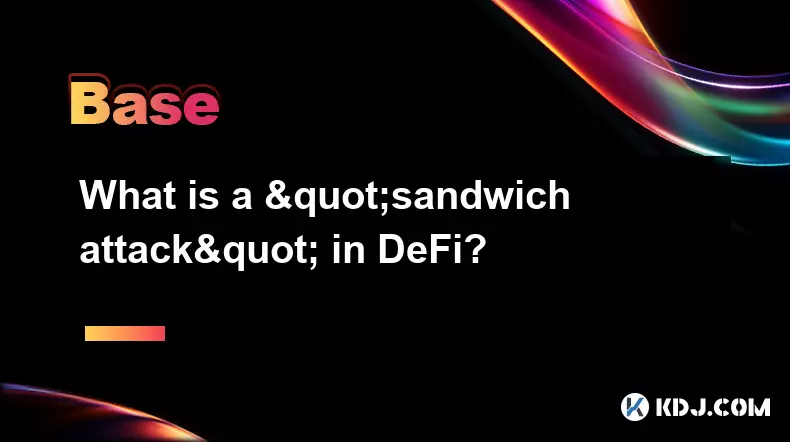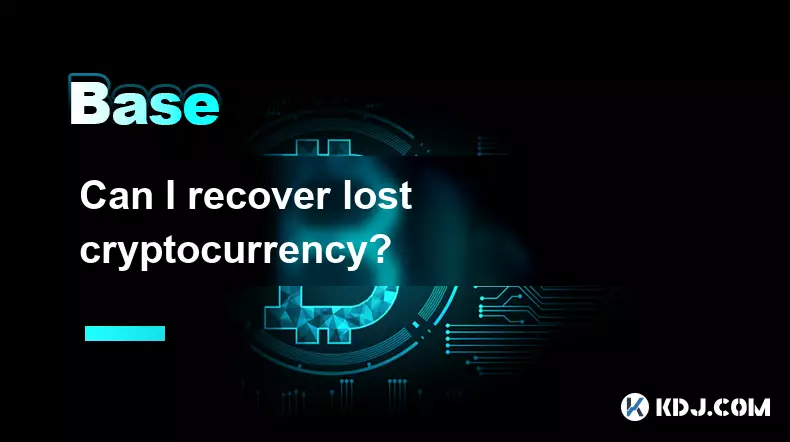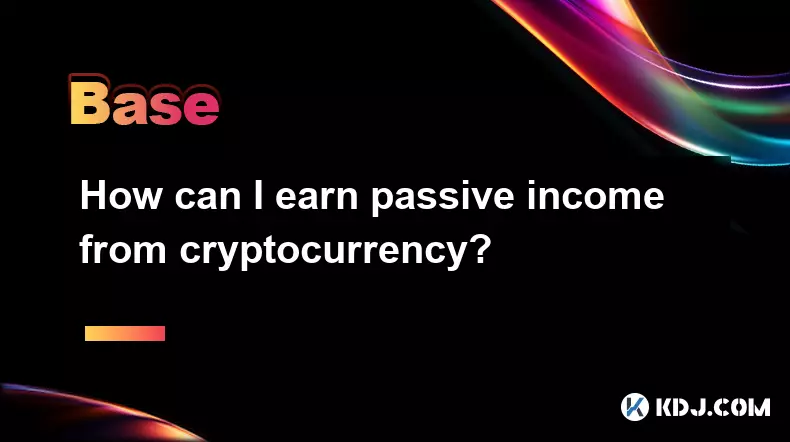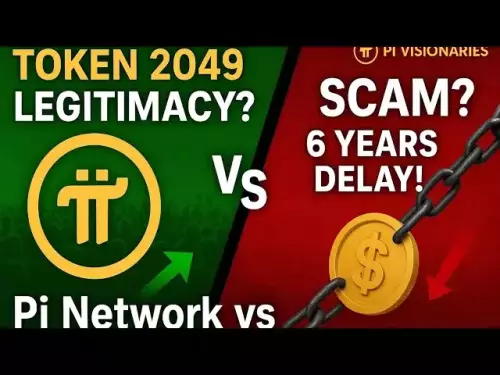-
 bitcoin
bitcoin $114779.865156 USD
2.30% -
 ethereum
ethereum $4226.519789 USD
2.39% -
 tether
tether $1.000545 USD
0.04% -
 xrp
xrp $2.890223 USD
0.92% -
 bnb
bnb $1030.029301 USD
2.95% -
 solana
solana $212.824944 USD
1.69% -
 usd-coin
usd-coin $0.999757 USD
0.01% -
 dogecoin
dogecoin $0.234961 USD
-0.27% -
 tron
tron $0.337174 USD
0.42% -
 cardano
cardano $0.804783 USD
0.09% -
 hyperliquid
hyperliquid $45.748770 USD
-2.85% -
 chainlink
chainlink $21.699170 USD
0.82% -
 ethena-usde
ethena-usde $1.001452 USD
0.08% -
 avalanche
avalanche $30.237800 USD
1.14% -
 stellar
stellar $0.372604 USD
1.52%
What is a "sandwich attack" in DeFi?
A sandwich attack involves front-running and back-running a victim's trade to profit from price impact, exploiting public mempool data in DeFi.
Sep 11, 2025 at 06:54 pm

Understanding the Mechanics of a Sandwich Attack
1. A sandwich attack occurs when a malicious actor places trades both before and after a victim's transaction in a decentralized exchange. This manipulation takes advantage of the public nature of blockchain mempools, where pending transactions are visible before confirmation. The attacker monitors these transactions to identify large swaps that could significantly move the price of an asset.
2. Once such a transaction is detected, the attacker executes a buy order just before the victim’s trade. This initial purchase increases demand and drives up the price of the targeted token. The victim then completes their swap at this inflated price, absorbing most of the slippage.
3. Immediately after the victim’s transaction is processed, the attacker sells the acquired tokens at the higher market price caused by the victim’s purchase. This sequence—buy, victim’s trade, sell—forms the 'sandwich,' with the victim’s transaction trapped in the middle.
4. The profit comes from the price difference created by the temporary imbalance in supply and demand. Because decentralized exchanges rely on automated market maker (AMM) models, large trades inherently cause price impact, which attackers exploit systematically.
5. These attacks are typically carried out using bots programmed to scan the mempool for profitable opportunities. High-frequency trading strategies in DeFi enable attackers to front-run and back-run transactions within the same block, making detection difficult for average users.
Impact on Liquidity Providers and Traders
1. Regular traders, especially those placing large market orders with minimal slippage tolerance, are primary targets. Their transactions create the price movement that attackers leverage. Users who fail to set appropriate slippage limits may lose a significant portion of their capital to such exploits.
2. Liquidity providers (LPs) also suffer indirect consequences. Frequent sandwich attacks can lead to impermanent loss being exacerbated, as price manipulation distorts the true market value within a pool. This discourages participation in certain pools perceived as high-risk.
3. As attackers extract value from the system, overall market efficiency declines. Honest traders face higher effective prices, reducing confidence in decentralized exchanges. This undermines the principle of fair access that DeFi aims to uphold.
4. Some protocols attempt to mitigate this by integrating private transaction relays or MEV (Miner Extractable Value) protection layers. However, adoption remains inconsistent across platforms, leaving many users exposed.
5. The presence of sandwich attacks contributes to a broader concern about fairness in blockchain-based trading. Even though the transactions are technically valid, the economic outcome resembles predatory behavior seen in traditional markets.
Techniques to Detect and Reduce Vulnerability
1. One effective method is splitting large orders into smaller chunks executed over multiple blocks. This reduces the price impact per trade, making it less attractive for attackers to sandwich any single transaction.
2. Setting tighter slippage tolerances can prevent execution if the price moves too far, though this risks transaction failure during volatile periods. Users must balance protection with practicality.
3. Utilizing decentralized exchanges with built-in anti-MEV features or private mempools can shield transactions from public scrutiny before confirmation. Projects like Flashbots offer infrastructure to route transactions securely.
4. Monitoring tools that alert users to potential front-running activity are emerging. These analyze transaction patterns and gas prices to flag suspicious behavior, enabling proactive defense.
5. Choosing trading pairs with deeper liquidity minimizes price impact, reducing the profitability of sandwich attacks and making them less likely to occur.
Frequently Asked Questions
How can I tell if my transaction was part of a sandwich attack?To identify a sandwich attack, examine the transaction history around your trade. Look for two similar-sized trades—one immediately before and one after yours—in the same pool. A sudden, unexplained price spike during your swap is a strong indicator.
Do all decentralized exchanges suffer from sandwich attacks?No, but most AMM-based platforms like Uniswap or SushiSwap are vulnerable due to their reliance on public mempools and liquidity pools. Exchanges with order book models or MEV-resistant designs are less susceptible.
Can smart contract upgrades prevent sandwich attacks?Some contract-level improvements can help, such as time-locked swaps or integration with privacy layers. However, complete prevention requires changes at the network or mempool level, which are beyond individual contracts.
Are sandwich attacks considered illegal in the crypto space?They exist in a legal gray area. While they exploit economic mechanisms rather than break code, they are widely viewed as unethical. No major jurisdiction has ruled on their legality, but they contradict principles of fair trading.
Disclaimer:info@kdj.com
The information provided is not trading advice. kdj.com does not assume any responsibility for any investments made based on the information provided in this article. Cryptocurrencies are highly volatile and it is highly recommended that you invest with caution after thorough research!
If you believe that the content used on this website infringes your copyright, please contact us immediately (info@kdj.com) and we will delete it promptly.
- AI Training's Energy Crisis: Can Decentralization with Greg Osuri Offer a Solution?
- 2025-09-30 20:45:14
- Prenetics, Danny Yeung, and Token 2049: A Bold Bitcoin Strategy
- 2025-09-30 20:45:14
- ChatGPT, Bitcoin, and $HYPER: Riding the Crypto Wave
- 2025-09-30 16:25:14
- Mutuum Finance (MUTM): Riding the DeFi Wave with Crypto Price Prediction
- 2025-09-30 16:25:14
- XRP ETF Approval Odds Soar: Analyst Predicts $33 Price Surge!
- 2025-09-30 16:30:01
- Keel, Solana, and Sky Stablecoin: Fueling the Future of DeFi
- 2025-09-30 16:45:13
Related knowledge

How does cryptocurrency achieve decentralization?
Sep 30,2025 at 04:37am
Understanding the Foundation of Decentralization in Cryptocurrency1. Cryptocurrency achieves decentralization primarily through the use of blockchain ...

What are some common methods of cryptocurrency market manipulation?
Sep 27,2025 at 02:55am
Wash Trading and Its Impact on Market Perception1. Wash trading involves an individual or entity simultaneously buying and selling the same cryptocurr...

How do I read a cryptocurrency whitepaper?
Sep 27,2025 at 05:54am
Understanding the Structure of a Cryptocurrency Whitepaper1. Begin by identifying the executive summary, which outlines the project’s core vision and ...

Can I recover lost cryptocurrency?
Sep 25,2025 at 08:18am
Understanding the Nature of Cryptocurrency Loss1. Cryptocurrency operates on decentralized networks, meaning there is no central authority to reverse ...

How do I choose a cryptocurrency investment strategy?
Sep 27,2025 at 03:55pm
Understanding Risk Tolerance in Crypto Investing1. Assessing personal risk tolerance is a foundational step when entering the cryptocurrency market. V...

How can I earn passive income from cryptocurrency?
Sep 23,2025 at 10:18am
Staking Cryptocurrencies for Regular Returns1. Many blockchain networks operate on a proof-of-stake (PoS) consensus mechanism, allowing users to earn ...

How does cryptocurrency achieve decentralization?
Sep 30,2025 at 04:37am
Understanding the Foundation of Decentralization in Cryptocurrency1. Cryptocurrency achieves decentralization primarily through the use of blockchain ...

What are some common methods of cryptocurrency market manipulation?
Sep 27,2025 at 02:55am
Wash Trading and Its Impact on Market Perception1. Wash trading involves an individual or entity simultaneously buying and selling the same cryptocurr...

How do I read a cryptocurrency whitepaper?
Sep 27,2025 at 05:54am
Understanding the Structure of a Cryptocurrency Whitepaper1. Begin by identifying the executive summary, which outlines the project’s core vision and ...

Can I recover lost cryptocurrency?
Sep 25,2025 at 08:18am
Understanding the Nature of Cryptocurrency Loss1. Cryptocurrency operates on decentralized networks, meaning there is no central authority to reverse ...

How do I choose a cryptocurrency investment strategy?
Sep 27,2025 at 03:55pm
Understanding Risk Tolerance in Crypto Investing1. Assessing personal risk tolerance is a foundational step when entering the cryptocurrency market. V...

How can I earn passive income from cryptocurrency?
Sep 23,2025 at 10:18am
Staking Cryptocurrencies for Regular Returns1. Many blockchain networks operate on a proof-of-stake (PoS) consensus mechanism, allowing users to earn ...
See all articles










































































